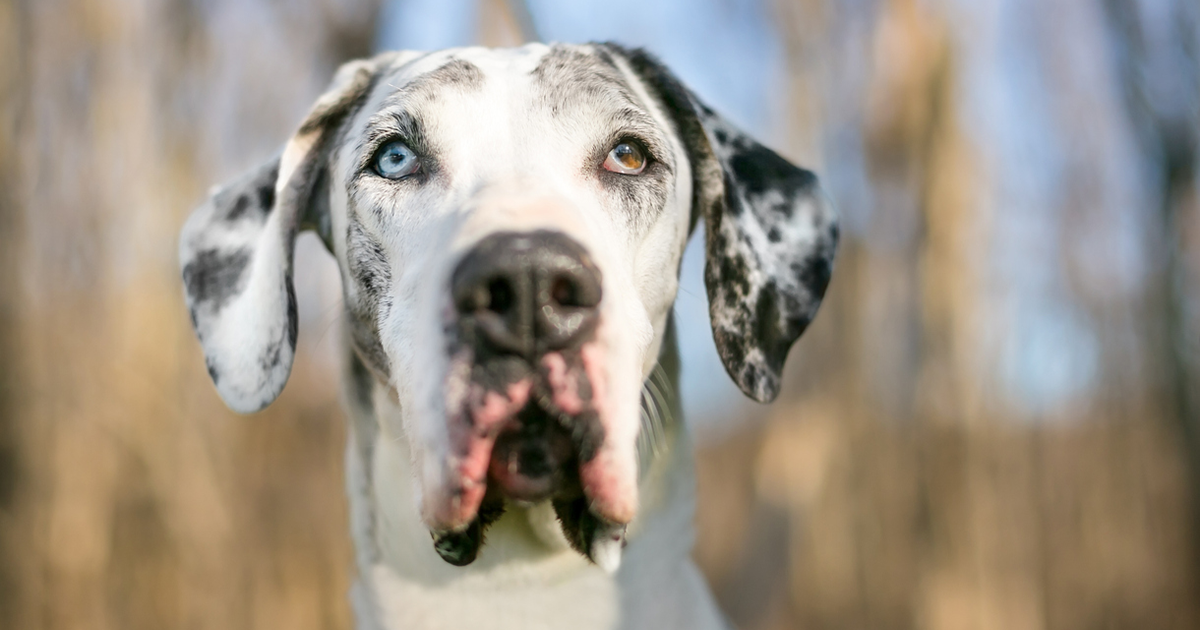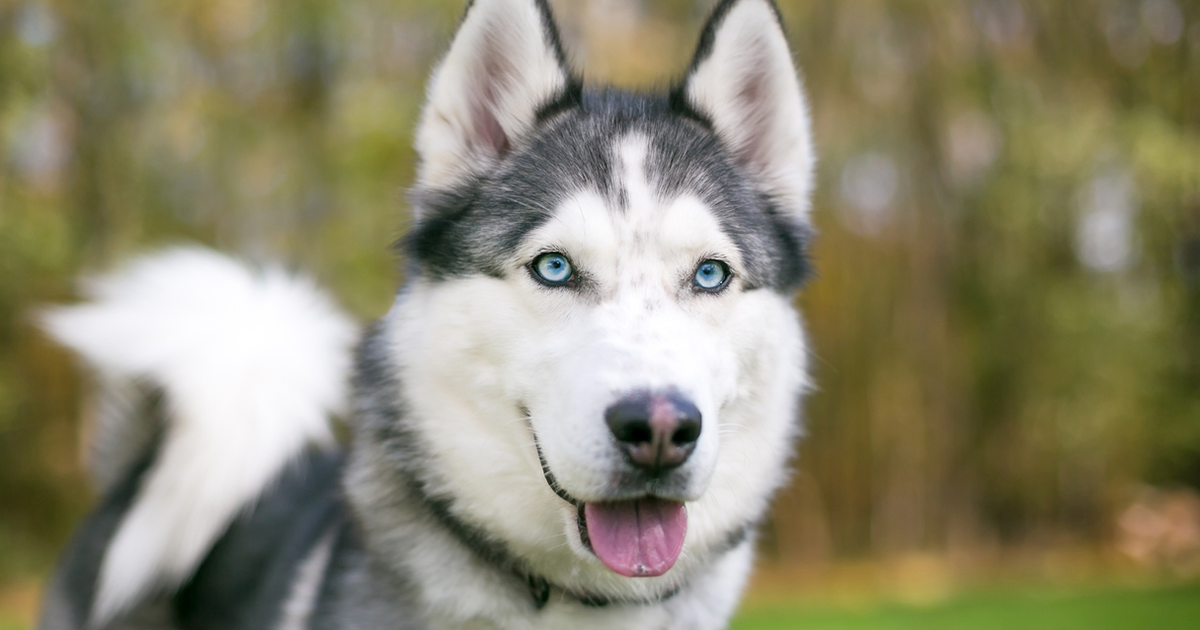Welcome to the BarkPost guide to dog breeds where we belly flop straight into the depths of dog breed origin, evolution, and purpose. Follow along each week as we publish new guides that highlight the strangest, most interesting, and most surprising stuff about these creatures who have been our best buds the last 30,000 years.
Intro / Overview
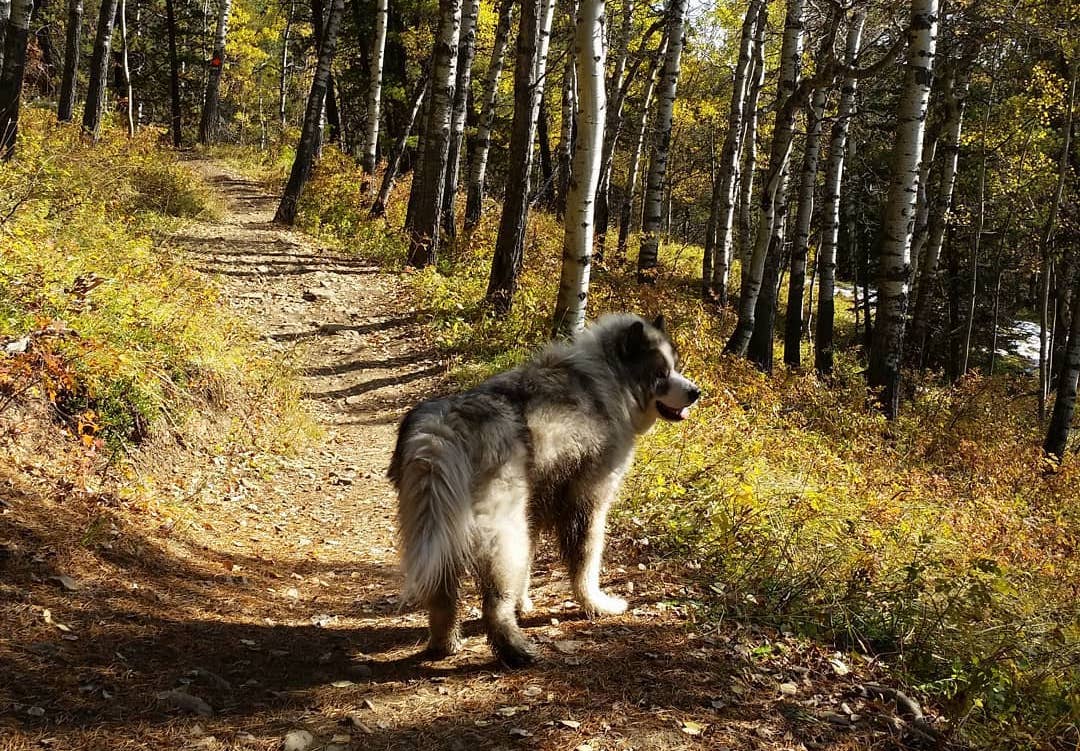

(All dogs are individuals, which means any single dog from any breed can be any number of ways, both good and not so good. Keep that in mind as we discuss breed generalities!)
Majestic and powerful. The Canadian Eskimo Dog is an ancient breed that still exists (though barely) today, and can make wonderful companions and working dogs, in the right situation and home. Incredibly strong, agile, sturdy, and ready to work at any and all times, these pups are not so much house pets as they are partners.
These large and heavy dogs have a square shaped, and muscular, imposing body. Sort of a cross between a Siberian Husky and an Alaskan Malamute in appearance, they have a dense double coat, thickest in the neck and chest area, and a bushy tail curled over the back.
Compared to modern domestic breeds, the Canadian Eskimo Dog can be over stimulated by food, work, fighting or play, and therefore should be the companions of adults, rather than a pet for children.
Also Known As…
Canadian Inuit Dog. Qimmiq. Qimmit. Inuit Husky. Canadian Husky. “Like your standard Husky, only way more polite.”
Origins


Believed to be more than 4,000 years old, these ancient Spitz type working dogs originated in the Arctic Circle where they were domesticated by ancestors of modern Inuit, one of the main groups of the Eskimo people inhabiting the Arctic regions of Canada, Denmark (Greenland), Russia (Siberia) and the United States (Alaska). Between 1100-1200 AD, Canadian Eskimo Dogs were used to aid hunters and as guardians, and later, for sled pulling as well.
Canadian Eskimo Dogs are extremely versatile and therefore make perfect companions for the Inuit for packing, transportation, hunting and protecting against polar bears. They are extremely strong and can pull twice their weight through the harshest weather and terrain. However, with the advent of the snowmobile, the Canadian Eskimo breed began to severely decline in the late 1960s, nearly disappearing, and today are one of the rarest dog breeds in the world..
Size
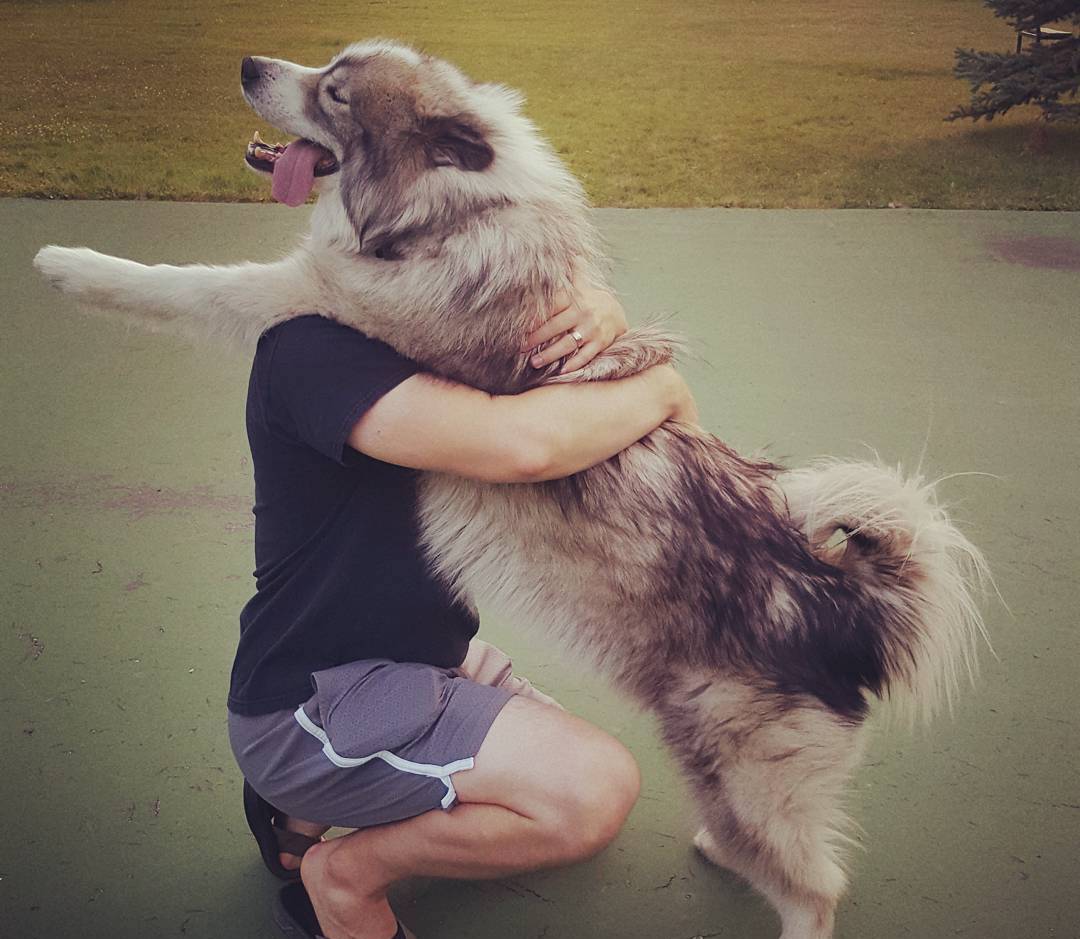

The average height for the Canadian Eskimo Dog is 24 inches for females and 37 inches for males.
Weight Range
The average weight for the Canadian Eskimo Dog is 60 – 95 pounds for females and 65 – 105 pounds for males.
Personality



Canadian Eskimo dogs are working dogs, and are therefore resourceful, curious, intelligent, and loyal. However, they are highly pack oriented and will challenge their humans, so it is important to be a leader. You’ll also want to be present and attentive as they need company all the time. These high-energy dogs need to be worked and stimulated or they can resort to unwanted behaviors such as destructive chewing and digging. Like other Spitz type breeds, they can be very vocal pups with a tendency to howl, especially when they are not getting the stimulation they need. You’ll need some strength to walk them as they are known to pull on their leash due to their working heritage.
Intelligence / Trainability
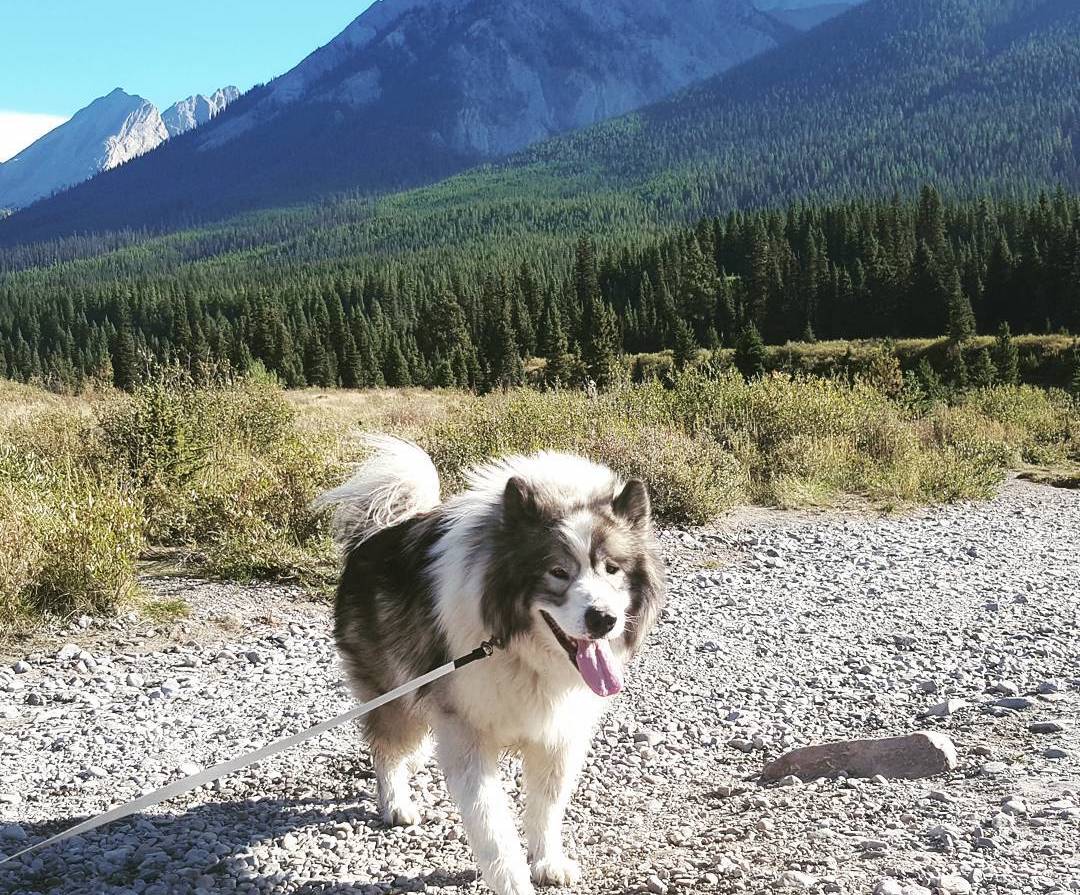

Socialization and obedience training are a must for these pups. And these highly intelligent pups will certainly succeed as long as you are firm and consistent. It is their nature to be part of a pack in which there is a hierarchy, therefore it is your job to become the “alpha” or else these dogs will assume the role, simply to maintain an order that they understand. Positive re-enforcement and encouragement are also necessary in order to build and maintain trust between the dog and the owner, something that is very important to Canadian Eskimo Dogs.
Ideal Environment
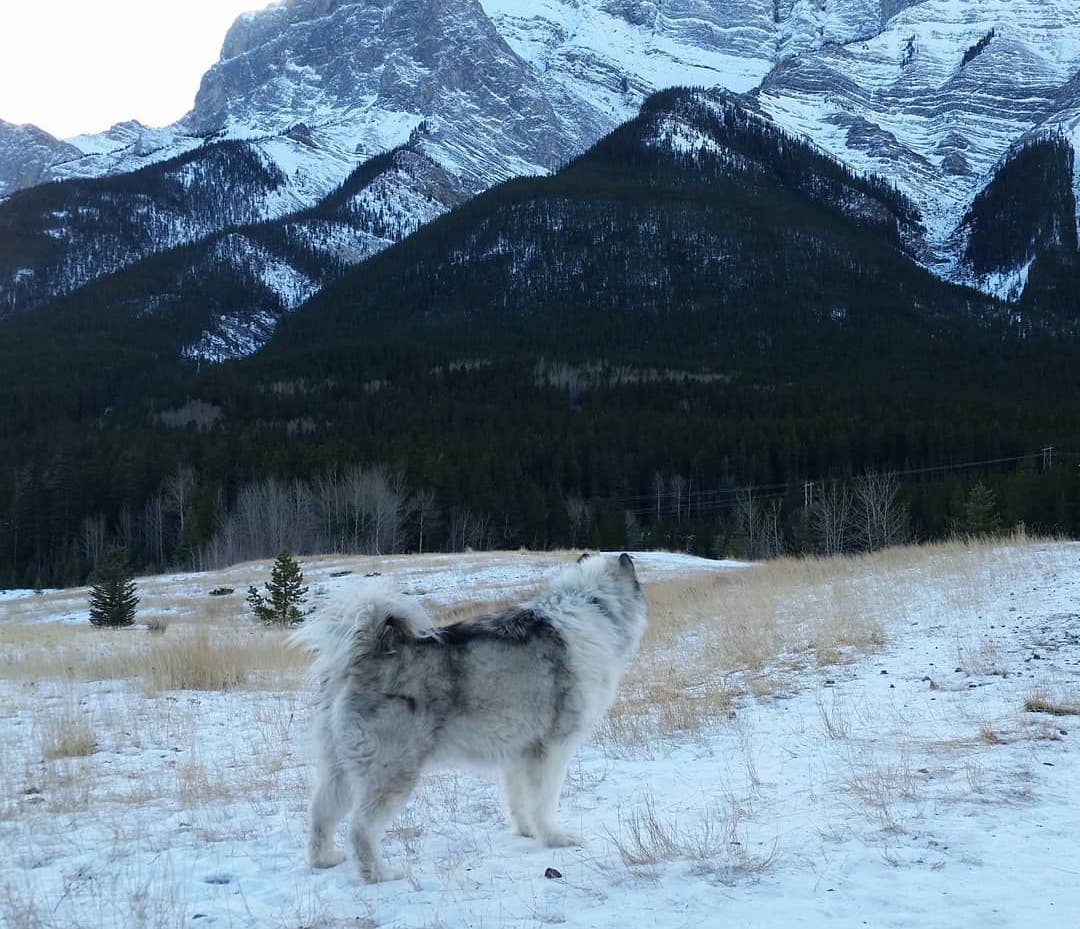

Apartments are not ideal for Canadian Eskimo Dogs although it can work with proper training and exercise. It would be best to have a large yard with a fence at least six feet high, as these pups have extremely powerful legs and are capable of jumping over anything less. The fence should also be buried into the ground slightly to prevent escape, which they are also masters of when the urge to hunt and work hits.
Canadian Eskimo Dogs can adapt to all climates. However, it is important to remember that this breed is prone to heatstroke hot weather, and certain precautions must be taken, including providing a cooled and shaded area, with plenty of cold, fresh water during hot days. Also, avoid exercising them during the day when it is hottest.
Good For Families And Kids?
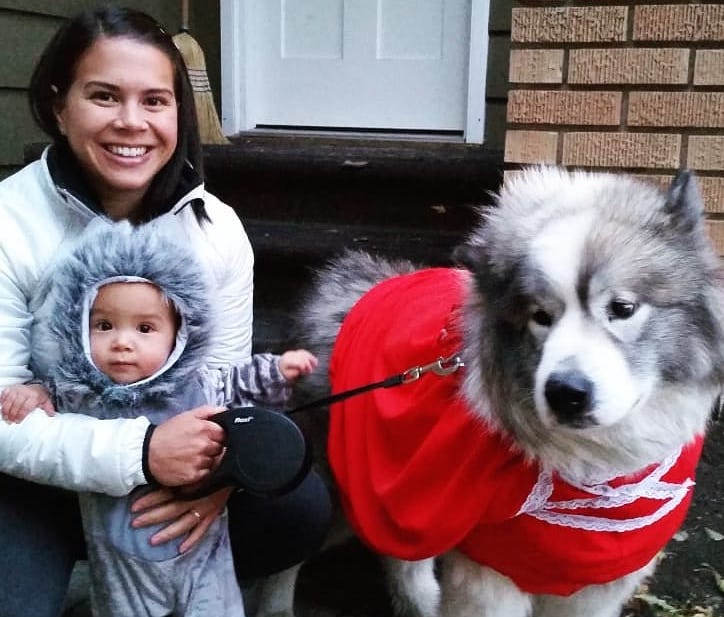

These durable, tenacious dogs do make loyal and loving family dogs. Despite their strength and hardiness, they can also be very gentle and love nothing more than to spend time with their humans.
They are also known to be energetic, playful, and affectionate around older children, especially when raised and socialized with them. Canadian Eskimo Dogs aren’t typically recommended for families with younger children, as they are very pack oriented and may not recognize a small human’s place in the hierarchy of the household. But of course, every single dog is different, and there are many Candian Eskimo Dogs who do great in households with small children.
Average Lifespan
The average life expectancy for the Canadian Eskimo Dog is 10 – 15 years.
Health



The Canadian Eskimo Dog is a very healthy breed with no known inheritable diseases, however there are some issues and illnesses that can affect them that you’ll want to be aware of and discuss with your veterinarian, including hip dysplasia, cryptorchidism, cataracts, Addison’s disease, and allergies.
Energy
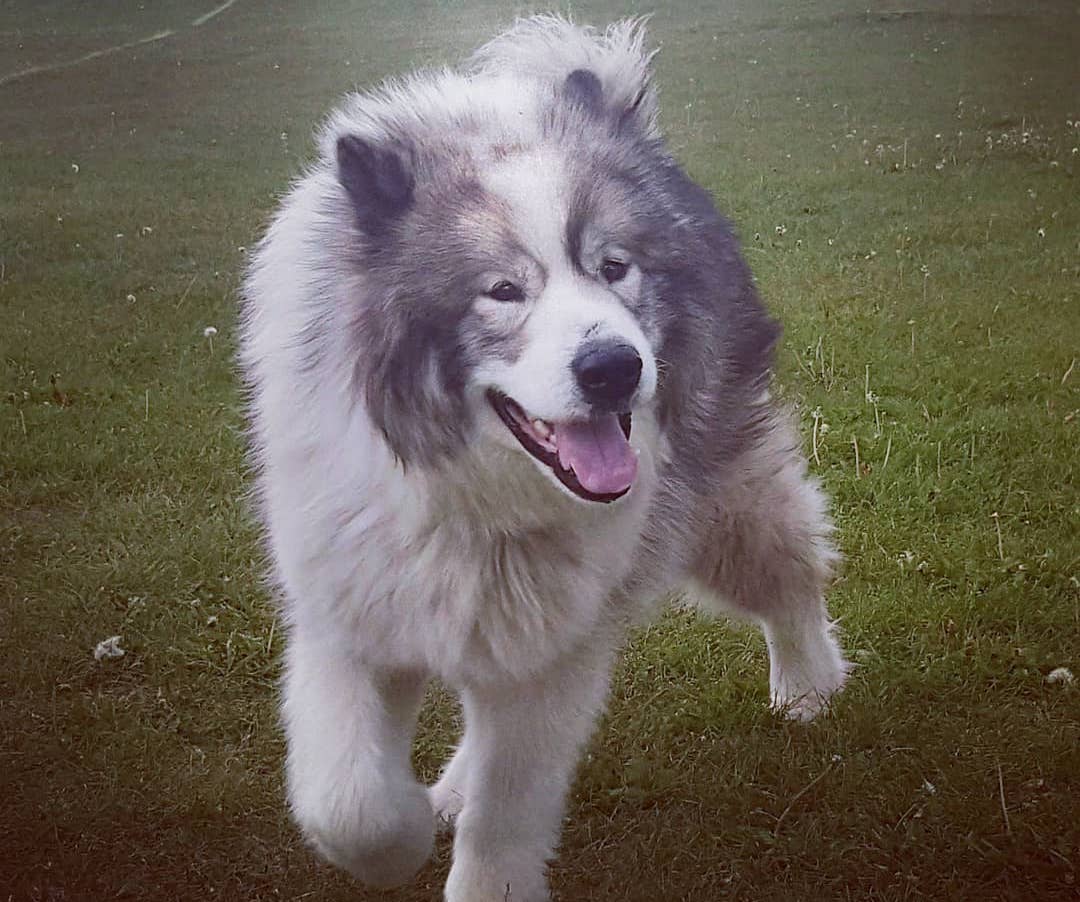

Known as the strongest of all sled dogs, this restless and tireless hard-working breed can stay active all day long. Can you? Because a bored and lonely Canadian Eskimo Dog can get into plenty of trouble. A daily long walk and/or run will not be enough.
These pups are the perfect active companion for sledding and backpacking activities. They are also highly successful as competitors in many dog sports, including mushing, bikejoring, skijoring, canicross and weight pulling. And, of course, hunting polar bears.
Friendly With… (Dogs? Strangers? Cats/Other Pets?)
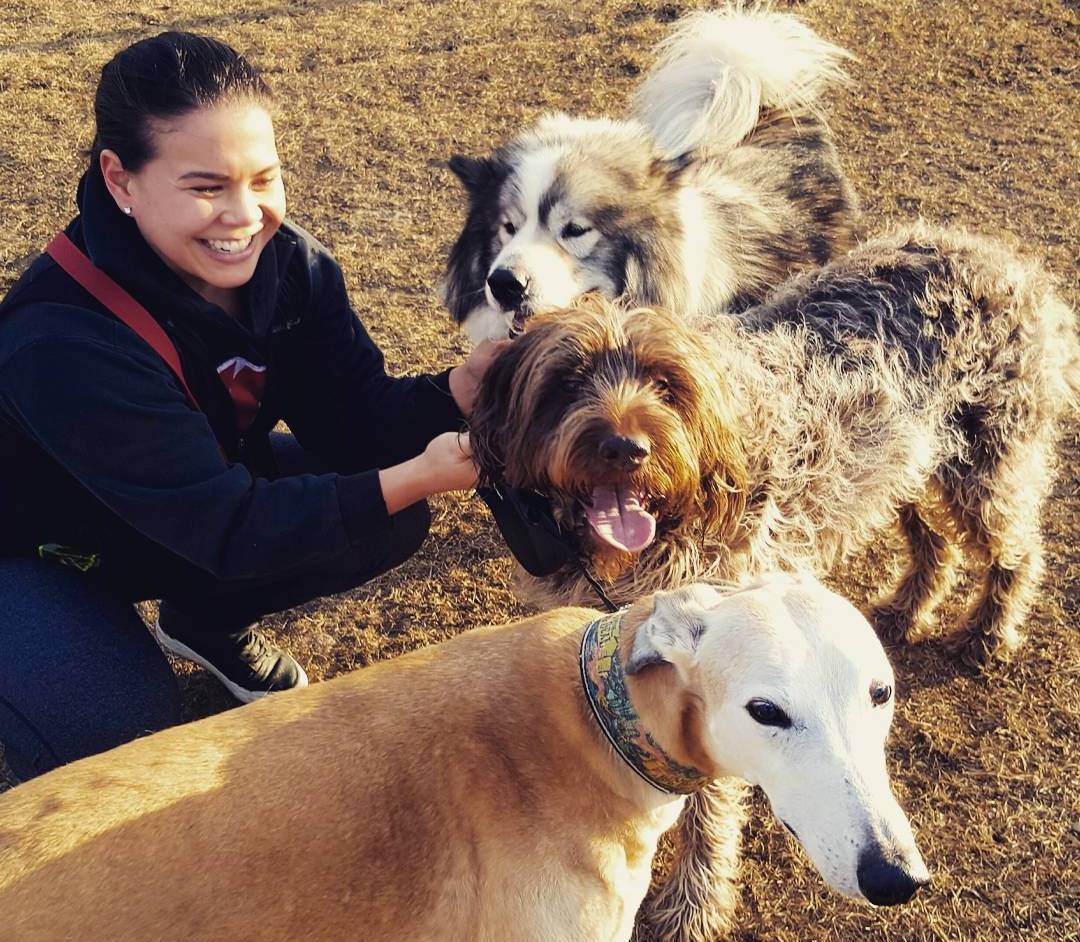

Despite their size and power, Canadian Eskimo Dogs are not suitable as guard dogs or watch dogs because they are often just too darn friendly with strangers, or else they may choose to completely ignore them. On the other hand, their strong prey drive makes them potentially reactive toward small animals including cats, rodents and birds.
They aren’t always super dog-friendly, particularly with dogs outside of their pack. Socialization early and often can go a long way to curbing some of this behavior, but not all.
Coat & Grooming
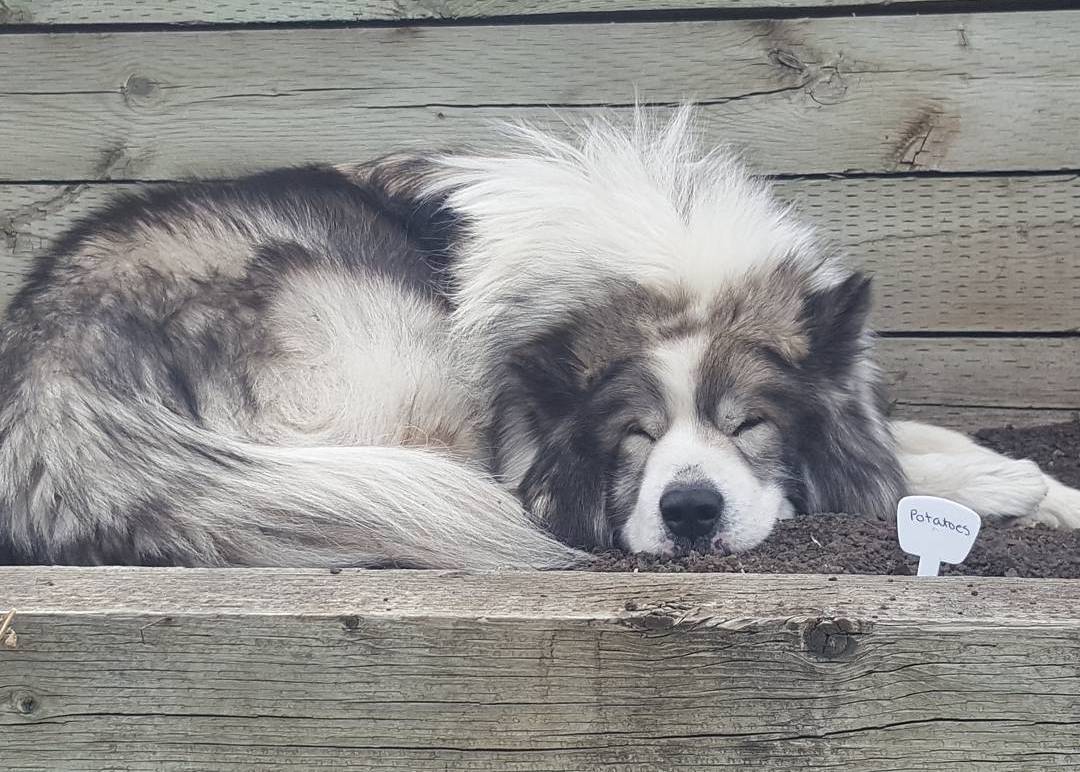

Not surprisingly, Canadian Eskimo Dogs have a harsh and double-coat to protect them from the treacherous weather in which they originated. These coats can come in a variety of colors including white, brown and white, gray, gray and white, red and white and black and white.
A weekly brushing should do the trick to allow new fur to grow. However, they do bow out twice at year, at which point you’ll want to brush them daily to remove the excess fur. You’ll also want to trim those nails weekly and give their teeth a good brushing 2-3 times a week for optimal health.
Toys Canadian Eskimo Dogs Would Like Best
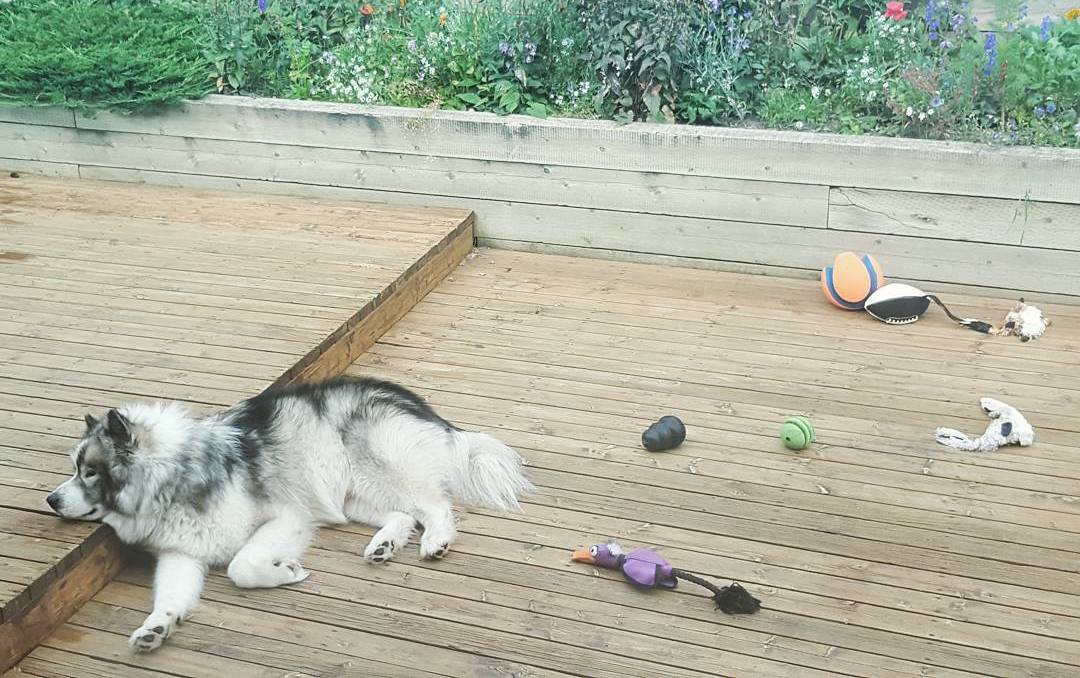

Canadian Eskimo Dogs are extremely intelligent and playful, so it’s hard to go wrong with most toys. Many owners report that these pups love squeaky Plush Toys. You can also put their power to the test with Super Chewer Toys. And of course, these dogs require major exercise, so Fetch Toys and Tug Toys are probably a good idea too.
You can check out our “What Are The Best Puzzle Toys For Dogs Who Get Bored Easily?” post for more recommendations.
Recommended Diet Or Supplements
Considering that this primitive breed’s natural diet used to consist of fresh seal, walrus, fish and caribou, feeding your Canadian Eskimo Dog (or any dog) the freshest whole food diet you can afford (trying to eliminate fillers, grains, or inflammatory proteins such as chicken), can go a long way to decrease health issues and increase longevity.
Coconut oil can also help to prevent inflammation, and can help protect the nervous system, while locally-sourced, season-appropriate honey can help with allergies.
Glucosamine Supplement For Hip & Joints
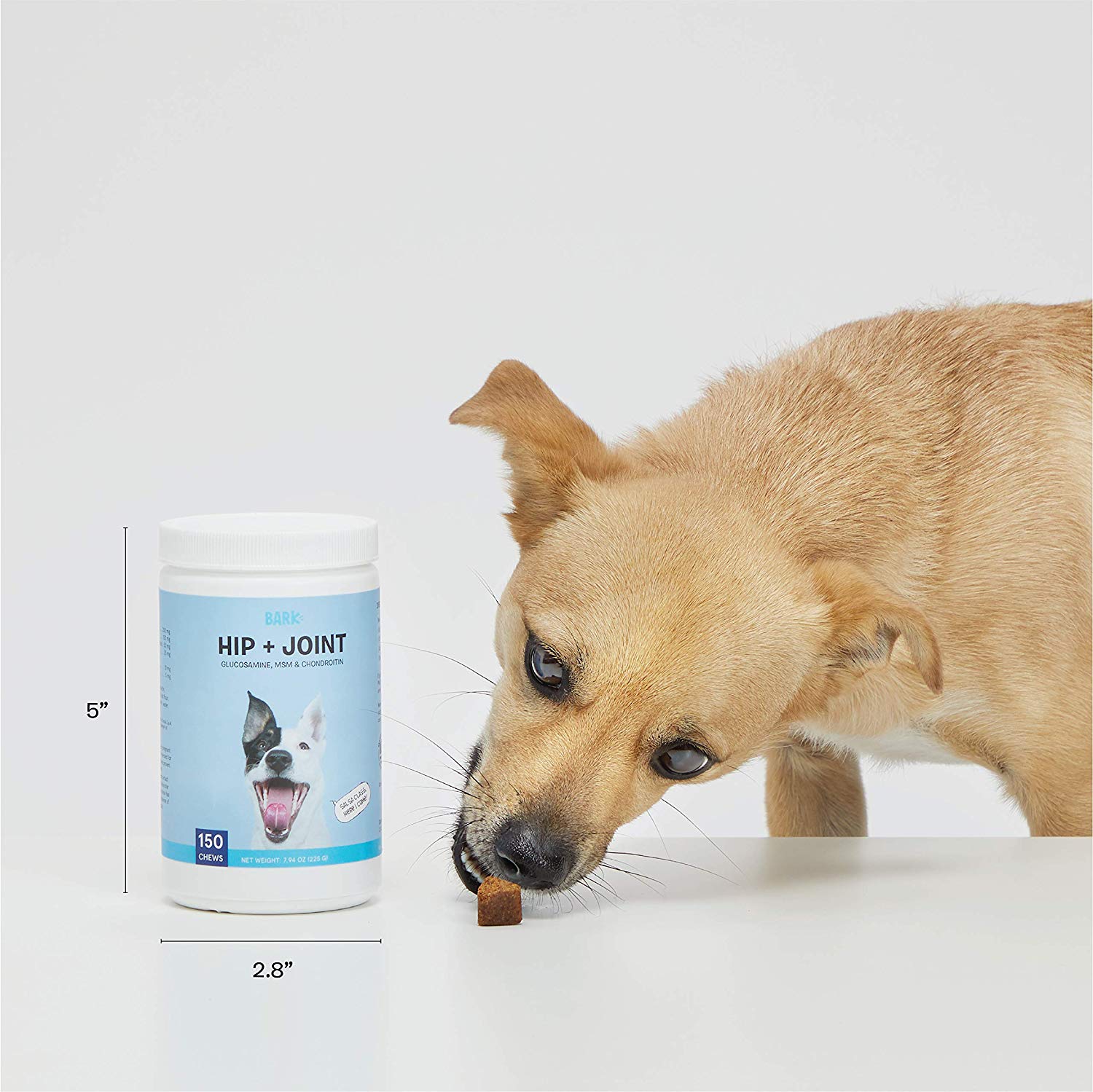

Bark Hip + Joint soft chews are veterinarian-formulated in the USA with powerful ingredients like glucosamine, MSM, chondroitin, and hyaluronic acid to keep your dog’s joints strong, flexible, and pain-free. ($32.99.)
Full-Spectrum Hemp Oil
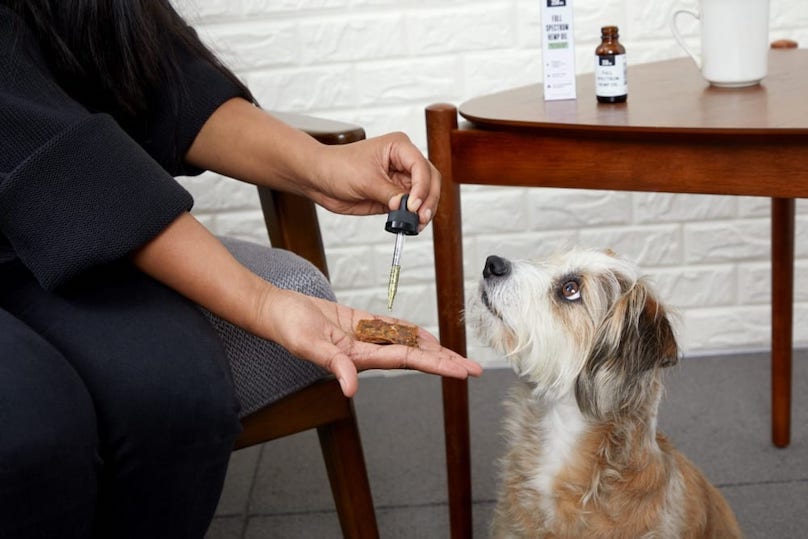

BARK’s Full Spectrum Hemp Oil is made of organically grown whole plants, grown in Colorado, and is non-psychoactive. It comes in 100mg, 250mg, and 500mg varieties, and can help with pet anxiety and pain relief. ($17.99-22.99.)
Recommended Products
For Eskimo Dogs with joint or hip issues – or any dog who just loves to lie around! – a nice comfortable bed with orthopedic support is probably a good idea.
Orthopedic Ultra Plush Memory Foam Dog Bed


This ultra plush orthopedic dog bed provides support for even the most active of dogs! The combination ergonomic memory foam and gel foam relieves pressure points, and helps ease body aches caused by hip dysplasia, arthritis and other orthopedic issues. ($27.99-64.99.)
Notable Instagram Canadian Eskimo Dog
@hudsontheinuithusky
Hudson is a former sled dog adopted into a happy home. He loves ruining his dad’s workout videos!
@shiro.chan_2
Shiro is a 3-year-old rescue Canadian Eskimo/Husky mix from Sanikiluaq, Nunavut, now living the good life with his humans. Shiro loves squeaky toys, meat, and is a free spirit.
@whitewoldinuitdogs.
Flynn and Shadow, both 2-years-old, are sled dogs in training and the first pups of a growing pack. Follow for some hard work and hard play in beautiful Ontario.
@huskydogharry
Harry is a rescued Canadian Eskimo mix from Nunavut who now lives with a loving family in Ottawa, Canada. Come share in his love of love adventure, canicross, bikejoring, and squeaky toys.
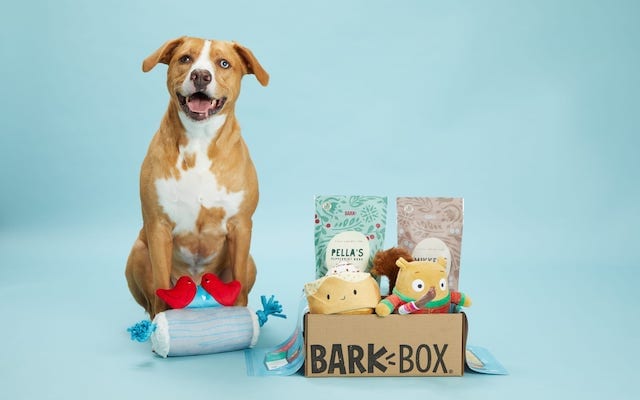

***Looking for a gift to blow your Canadian Eskimo Dog’s mind? Spoil them with BarkBox! Every month BarkBox delivers 2 original toys, designed in-house, 2 full bags of all-natural treats, and a chew. Sign up here and receive a free extra toy every month. <– This deal is worth up to $120 in value if you sign up for a 12-month subscription! 🙂
Featured image via HudsonTheInuitHusky/Instagram
Want More Breed Guides Like This?
Siberian Husky Breed Information Guide
Alaskan Malamute Breed Information Guide


